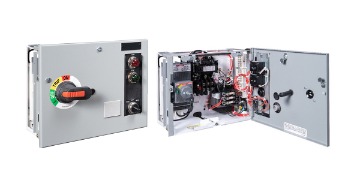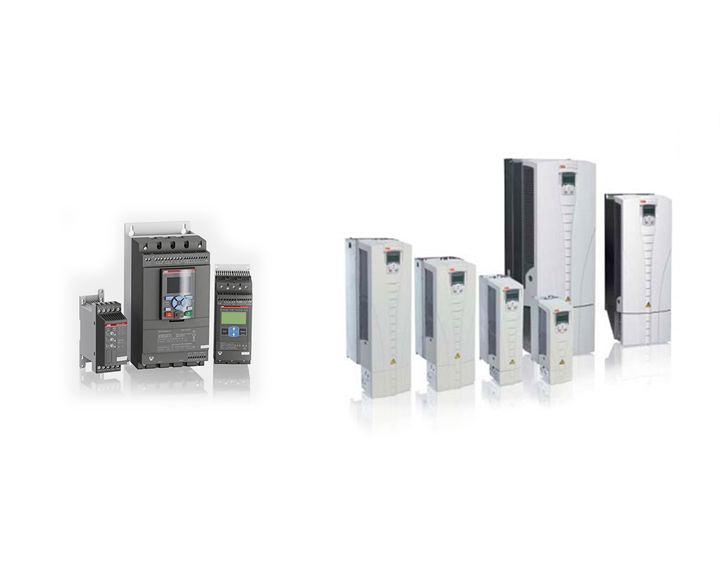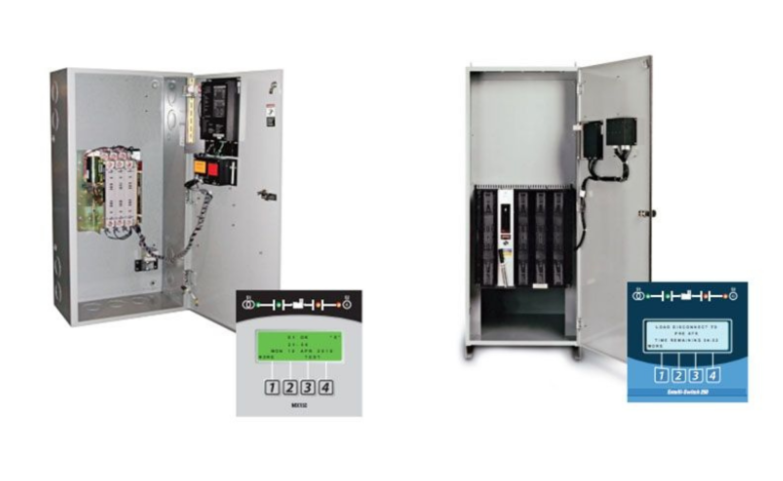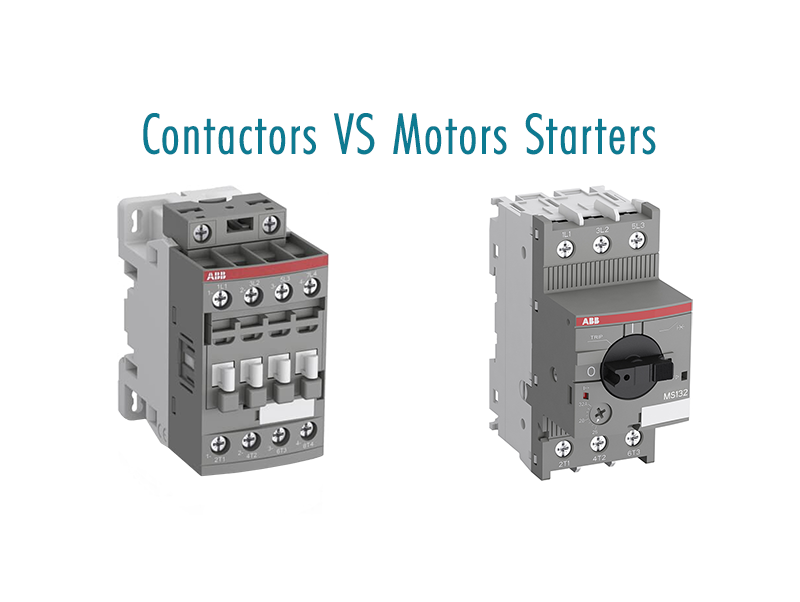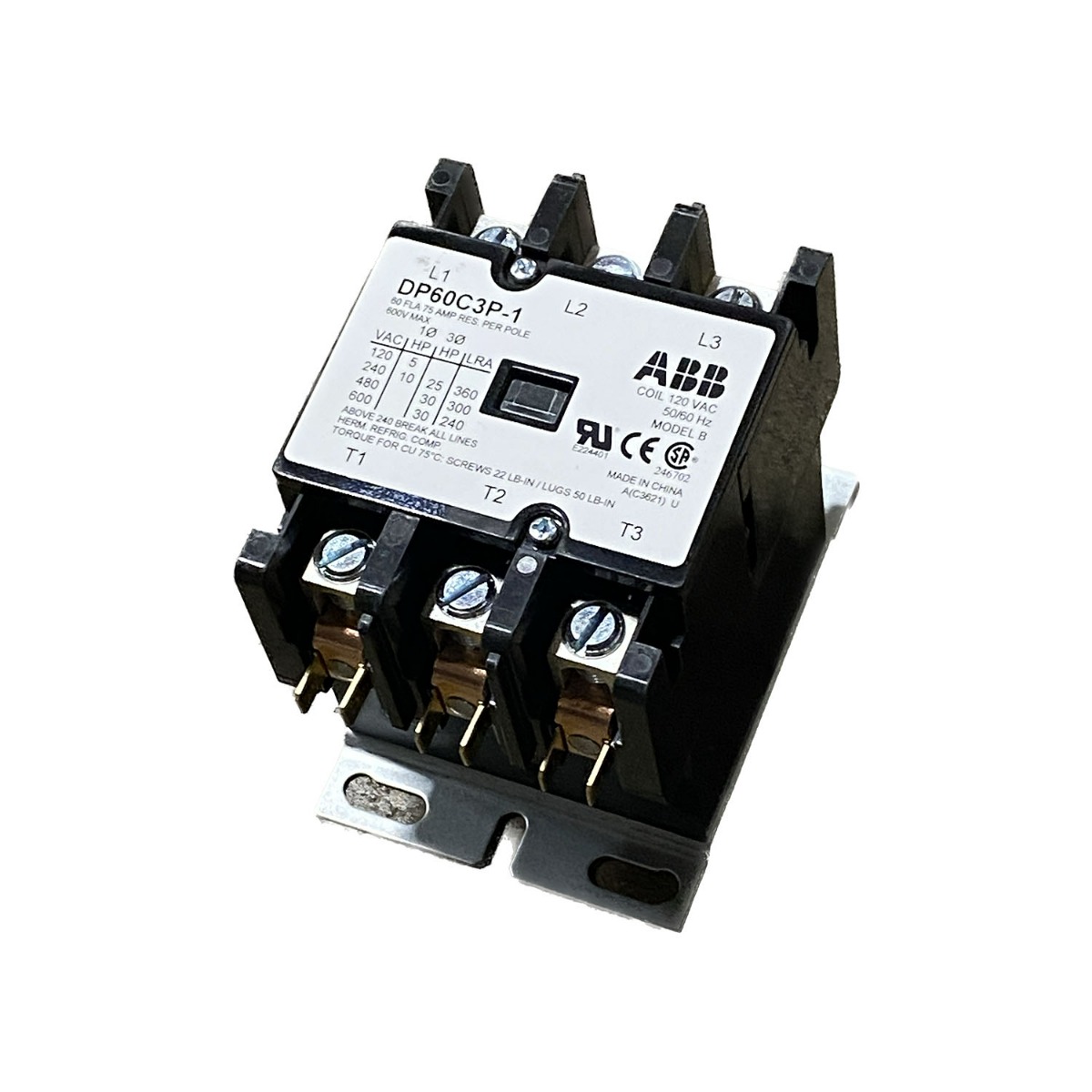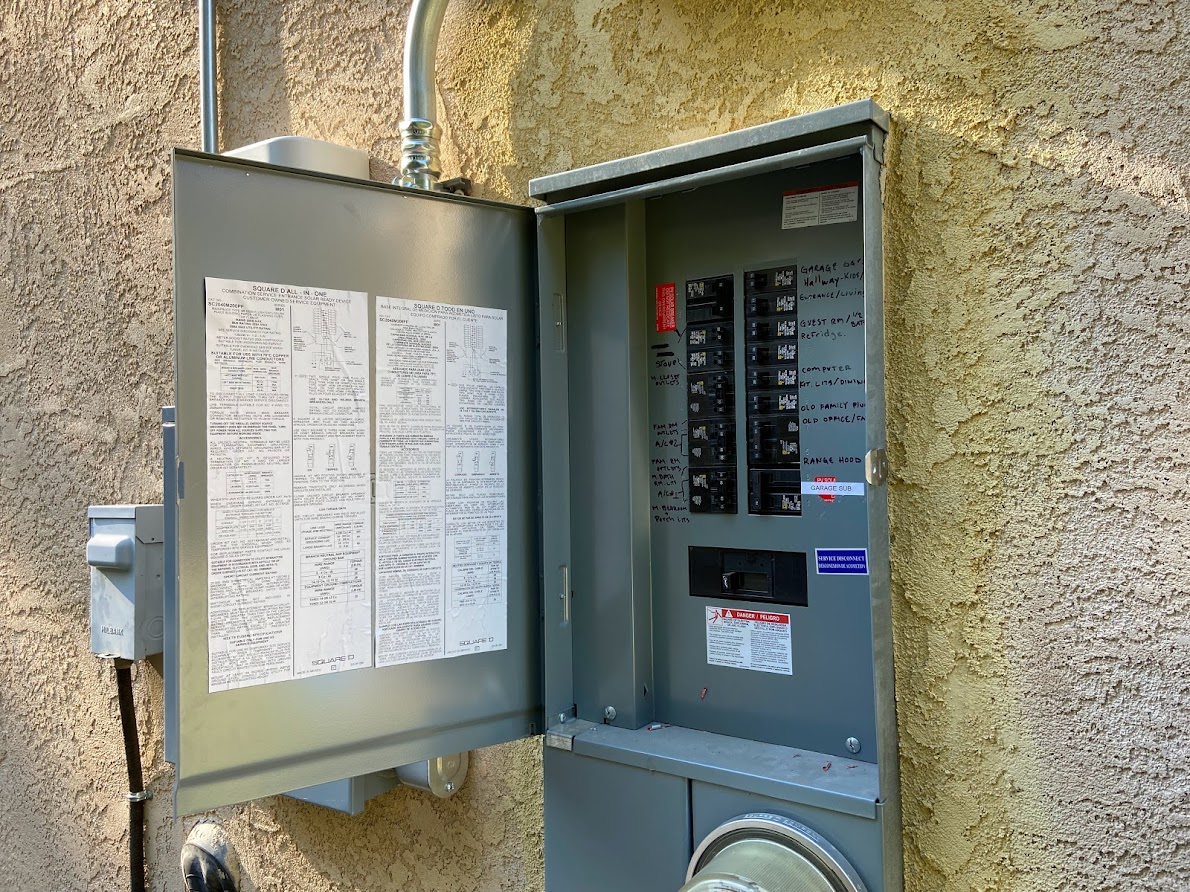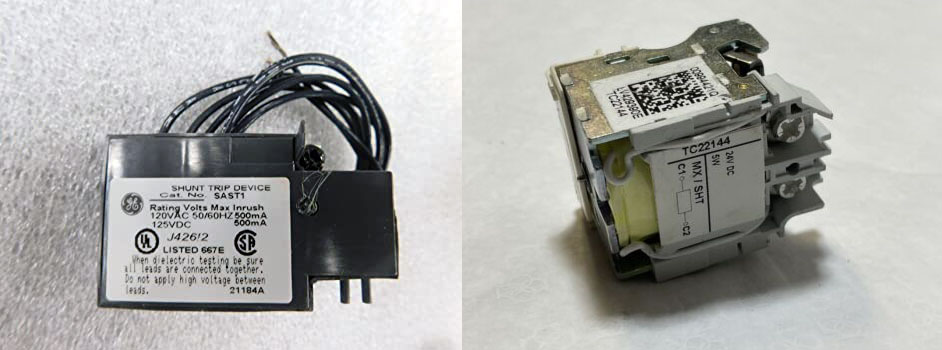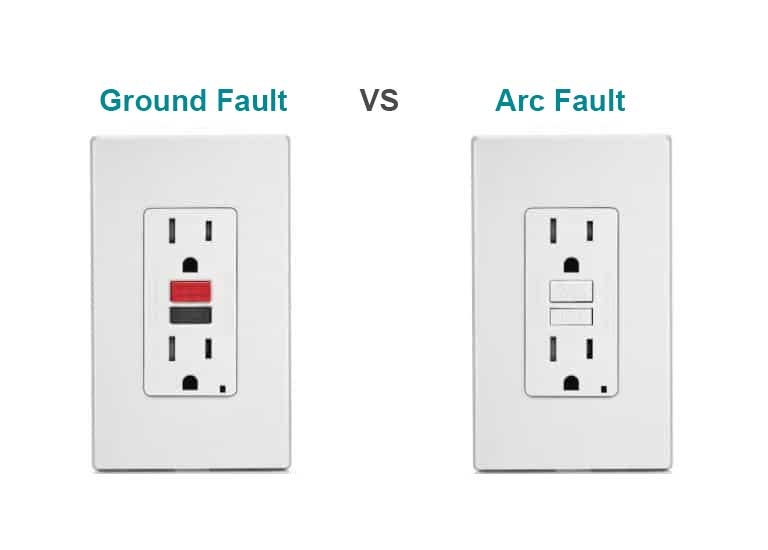As an electrician, you have to know and understand various electrical components.
One crucial component to become familiar with is the Motor Control Center (MCC)—a centralized electrical enclosure that manages and distributes electrical power to motorized equipment in industrial settings.
Zooming in even further, within this pivotal system lies a smaller yet equally significant element —the MCC bucket—a removable unit within a motor control center that houses electrical components for controlling and protecting a specific motor or equipment.
This article will explore the history and functionality of MCC buckets and their evolution within the broader context of electrical distribution.

